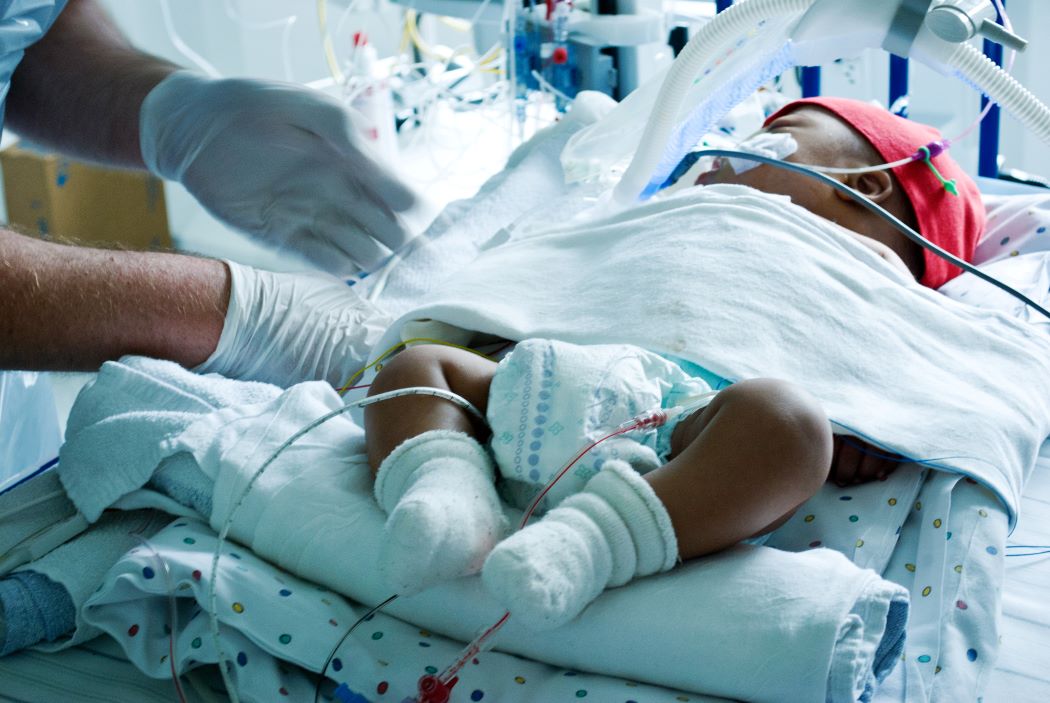
UM neonatologist edits book on hypoxic respiratory failure in newborns
Publication aimed at clinicians, researchers
Near the top of a Himalayan mountain in 2010, Dr. Shyamala Dakshinamurti breathed air that had such a low level of oxygen, it was similar to the amount that sustains a fetus in the womb.
The physician and researcher, who studies the biology of breathing, also has an interest in mountain climbing. At high altitudes, she notes, climbers are in danger of the same life-threatening condition that affects some newborns who struggle after birth: hypoxia.

DR. SHYAMALA DAKSHINAMURTI
Hypoxia is the result of having too little oxygen in the body’s tissues. Dakshinamurti, a neonatologist, professor of pediatrics/child health and physiology at the Max Rady College of Medicine and researcher with the Children’s Hospital Research Institute of Manitoba, has published a new book on the subject.
Hypoxic Respiratory Failure in the Newborn – From Origins to Clinical Management (CRC Press) explains why fetuses can survive the low-oxygen environment of the uterus but seemingly lose this ability once they are born.
Moments after birth, newborns must make the switch from getting all their oxygen from their mother to breathing on their own. However, not all babies can adapt to life outside the womb so quickly. A lack of oxygen after birth is lethal.
“We all spend the first nine months of our existence with our lungs offline and mom doing all the work,” the professor says. “Once the cord is cut, the baby must learn to receive blood to its lungs in moments. If it has been a difficult delivery, then they might be short of oxygen and come out without having made that switch. They are some of the sickest babies in the ICU. As hard as their hearts try, their blood isn’t going to their lungs.”
Dakshinamurti’s infant cousin died of pulmonary hypertension (high blood pressure in the lungs) caused by hypoxia, so she understands the emotional toll of the disorder as well as the science behind it.
“The guilt felt by moms after a difficult delivery can be tremendous,” she says. “It was so traumatic for my aunt that she never spoke of it.”
While mountain climbing, Dakshinamurti ran into her future co-editor, Dr. William Milsom, a field biologist and emeritus head of zoology at the University of British Columbia. He studies how different species have adapted to live in environments with extremely low levels of oxygen.
“Talking about hypoxia on a mountain with him, there was so much synergy that eventually led me to the genesis of this book,” says Dakshinamurti.
How animals adapt to low-oxygen environments on mountains or at the bottom of the ocean helps explain how human fetuses evolved to survive the low oxygen of the uterus. The UM professor realized that with so many intersections between her research and Milsom’s, a book combining research on hypoxia across scientific fields could help researchers better understand pulmonary hypertension in babies.
The book, published about six weeks ago, spotlights the work of 80 contributing authors, edited by a team of world experts led by Dakshinamurti.
She was grateful that so many scientists were able to come together to work on the book, especially as the COVID-19 pandemic began and many of the experts were being pulled in different directions.
“I’m not sure if it’s really good timing or really bad timing to be commissioned to edit a book on hypoxic respiratory failure just before the world stopped in a pandemic of hypoxic respiratory failure,” she says.
Divided into five sections, the book touches on how animals such as llamas can adapt to low oxygen on top of mountains, what life is like in the uterus, what’s happening during hypoxia at the cellular level, how doctors diagnose and treat hypoxic pulmonary hypertension, and more.
“The book is like a box of chocolates; each chapter is different, but all are delicious,” the editor says.
A review in Pulmonary Circulation notes it’s a slightly unconventional approach, appealing to both clinicians and scientists, but gives Dakshinamurti a glowing recommendation, calling the book interesting, useful and satisfying.






